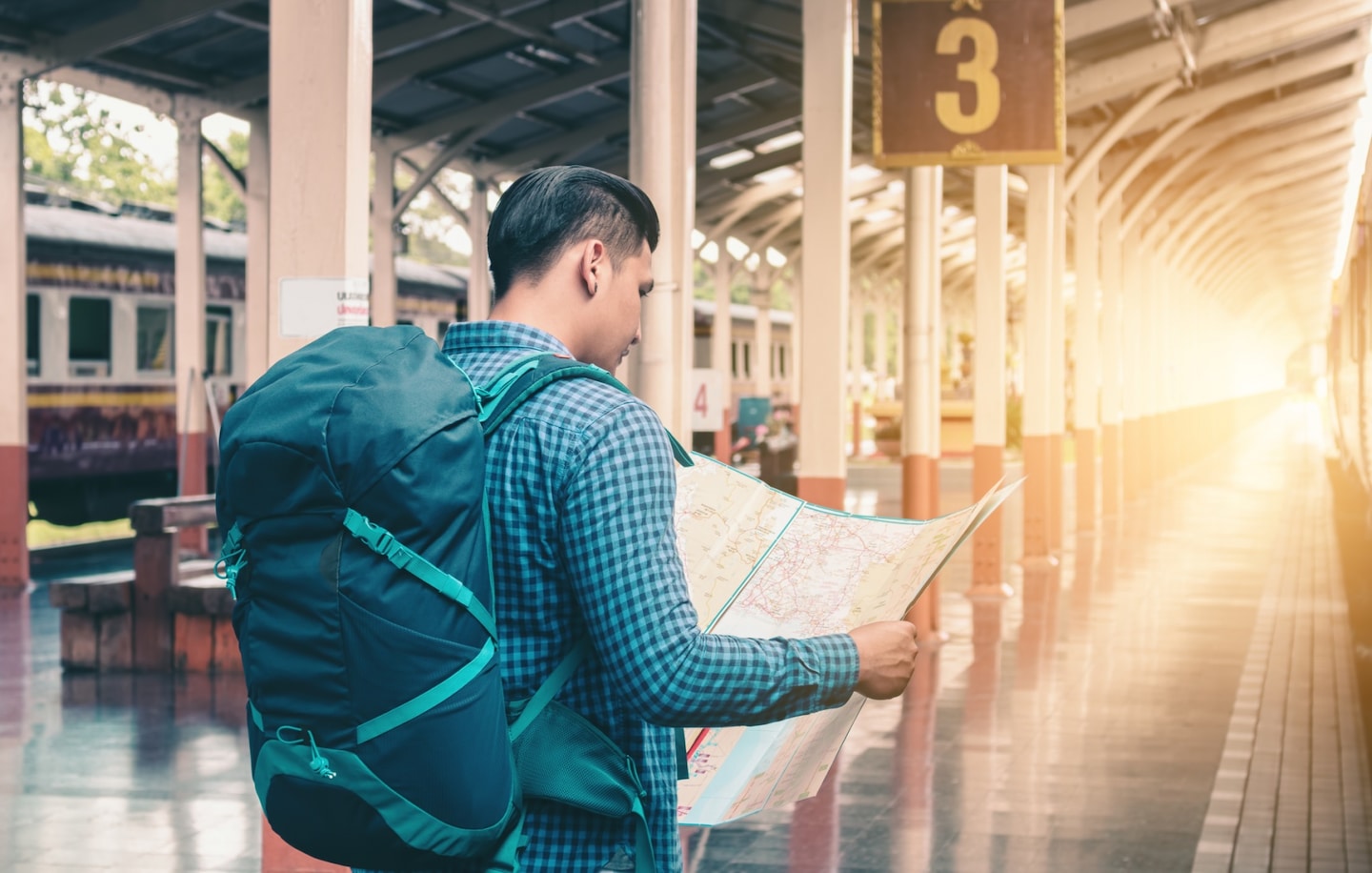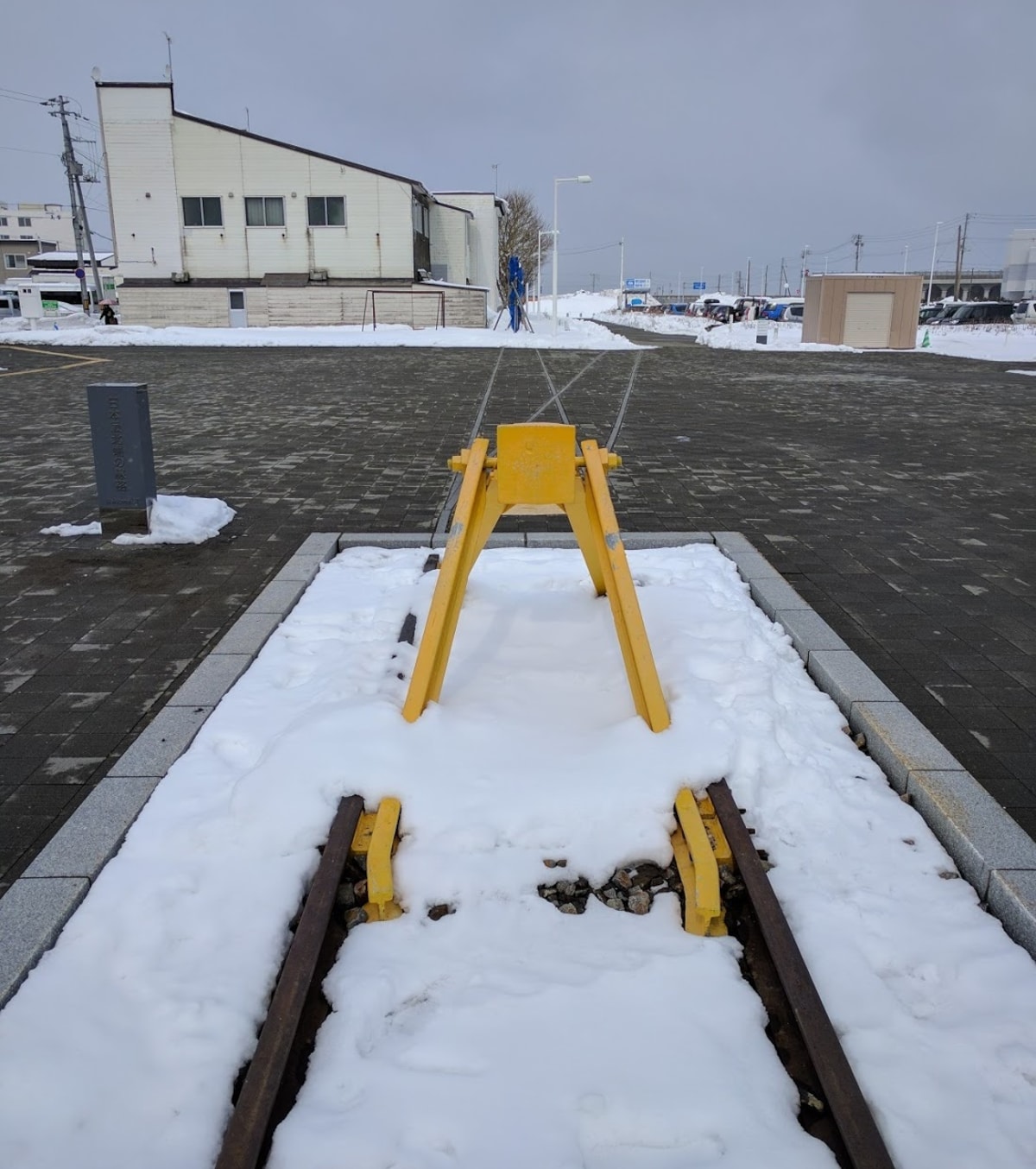From Osaka to Wakkanai on the Seishun 18 Kippu
Our Osaka-based writer Robert took the local trains from his home in Osaka all the way to the very top of Japan using the popular but seasonal Seishun 18 Kippu ticket. Read on to find out how to take the trip yourself and save some of your hard-earned cash!
By Robert KodamaOsaka - Wakkanai Day by Day
Getting Started in Osaka
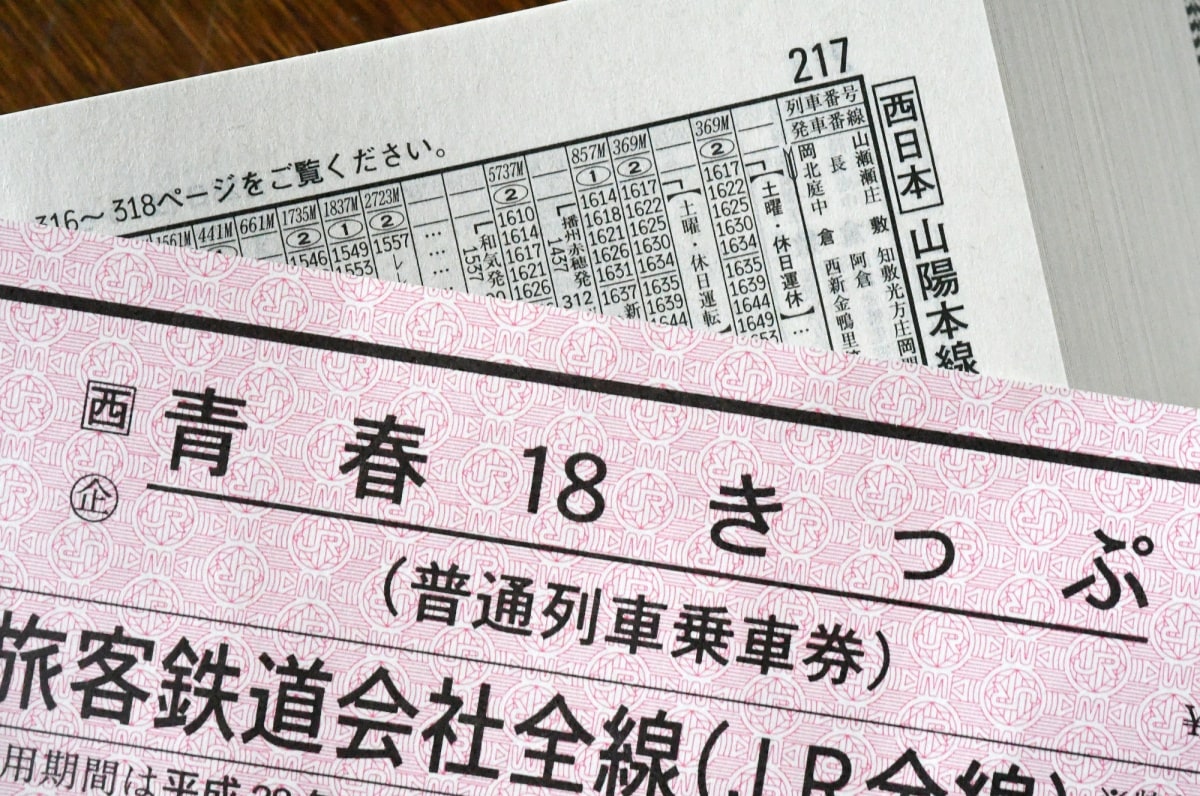
First, a brief introduction to what a Seishun 18 Kippu even is. This ticket is a fantastic option that allows one person during certain holiday seasons to ride an unlimited number of local trains for up to five days independent of each other within the period of validity, or up to five people on one ticket for a day. You even have the option to mix and match should you wish. For the price of ¥11,850 per ticket, it's a great value for the money however you use it.
1. Maibara Station (Shiga)
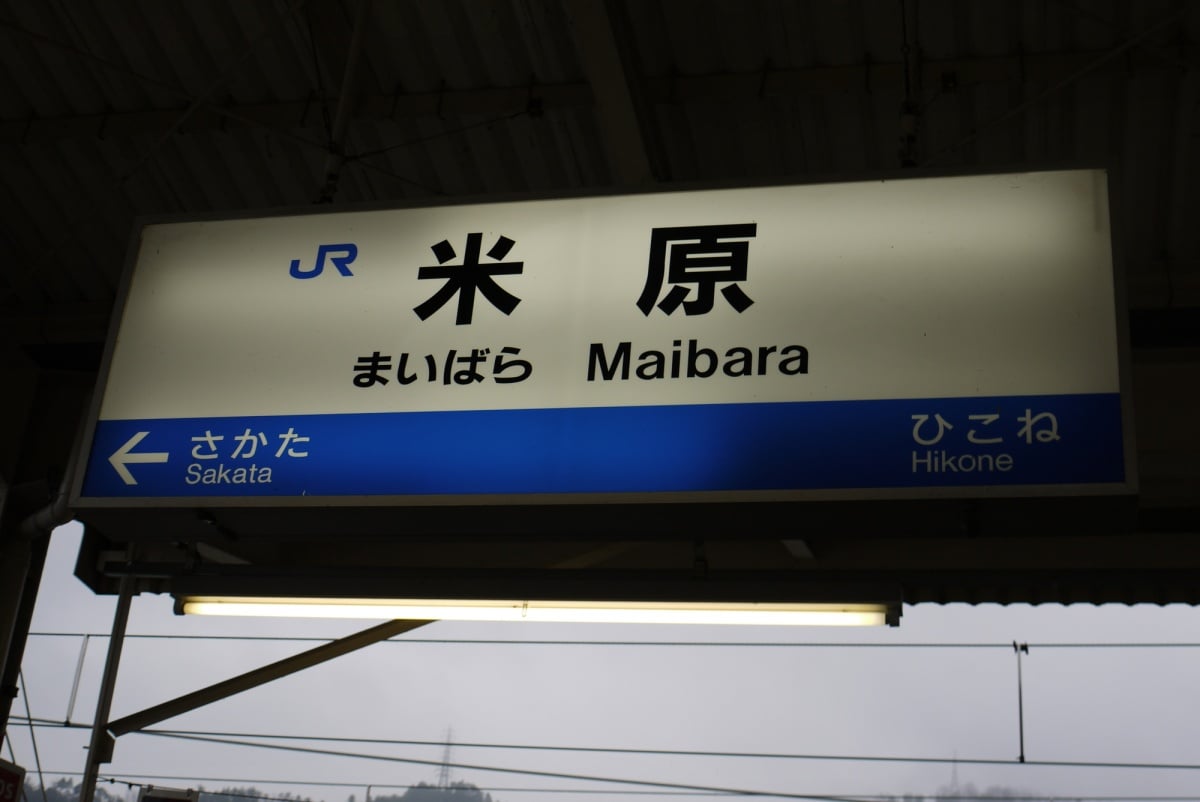
With a ticket in hand, I headed for the JR Tsukamoto Station to board the JR local train through to Shibata Station in Niigata Prefecture. My first train departed just before 6 a.m. and I was constantly checking and re-checking the itinerary I downloaded from Jorudan (a Japanese website for checking timetables and search for itineraries on public transport). Over an hour into the journey, I had my first connection to make at Maibara Station in Shiga Prefecture. I pulled my book out, full of energy, and started to relax on the second train.
2. Ogaki Station (Gifu)

On arrival at Ogaki Station, I had forgotten to prepare for the tightest connection throughout the journey—three minutes in total—and made a frantic dash out of the train doors, eyes darting around looking for information on where the next train departs, and made it to the next train just as the doors were closing. Exhausted, I slumped into a seat and stared out the window.
3. Shibata Station (Niigata)

The strangest part of Day 1 was just continuing through Tokyo without ever getting off the train. For the first time for me, Tokyo was not a destination, but just merely a location to get through. I eventually arrived at Shibata Station in Niigata Prefecture just before midnight, checked into the hotel, and fell asleep.
4. Aomori Station (Aomori)
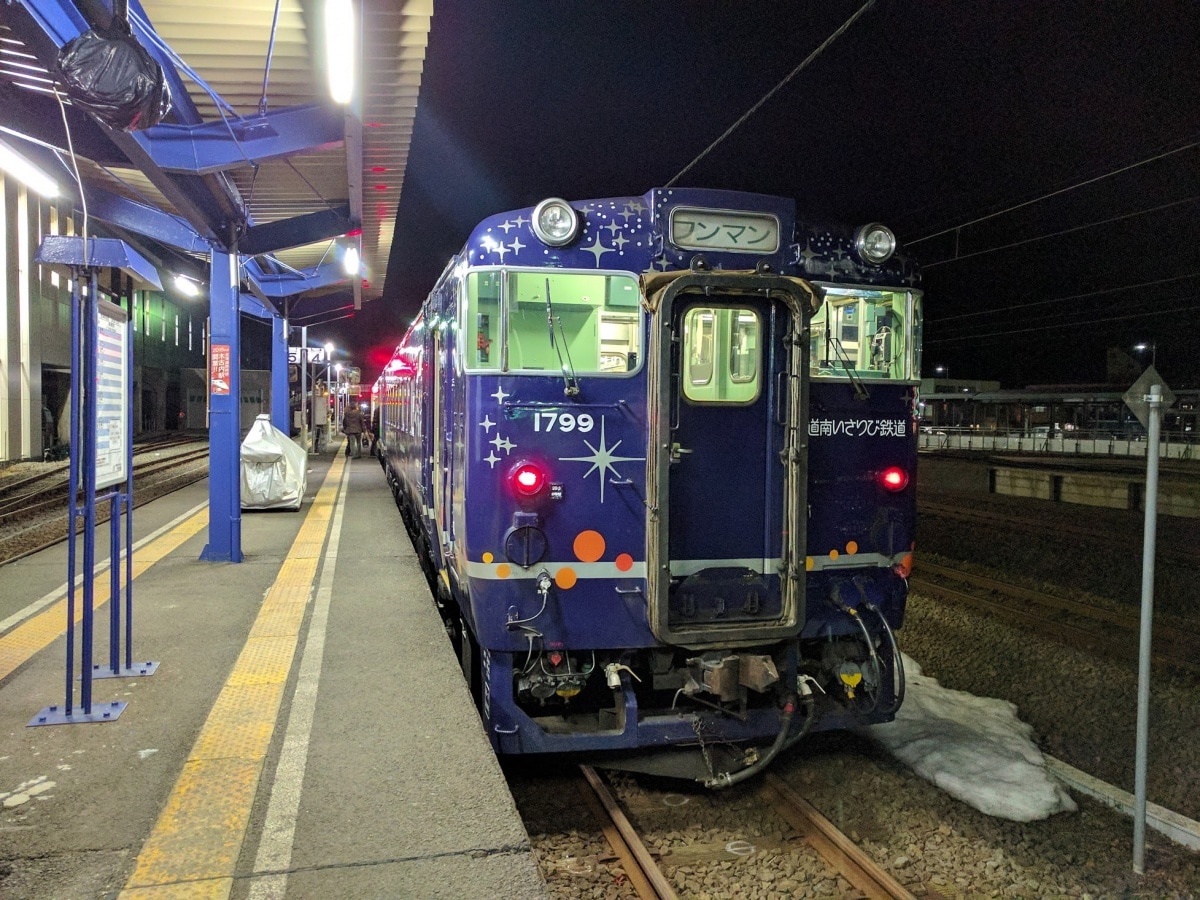
http://www.myairportramblings.com
The second day began just before 6 a.m. with a train heading down the coastline of the Japan Sea. The train filled with school students and adults doing their regular morning commute at every stop. The view from the window was quite stunning as we slowly rocked down the coastline. As we headed deeper inland, the views of the rice fields scattered as far as the eye can see made for the typical view of inaka (countryside) life. I arrived at Aomori Station in time for lunch and thankfully the itinerary allowed for a brief stop to have lunch.
5. Hakodate (Hokkaido)
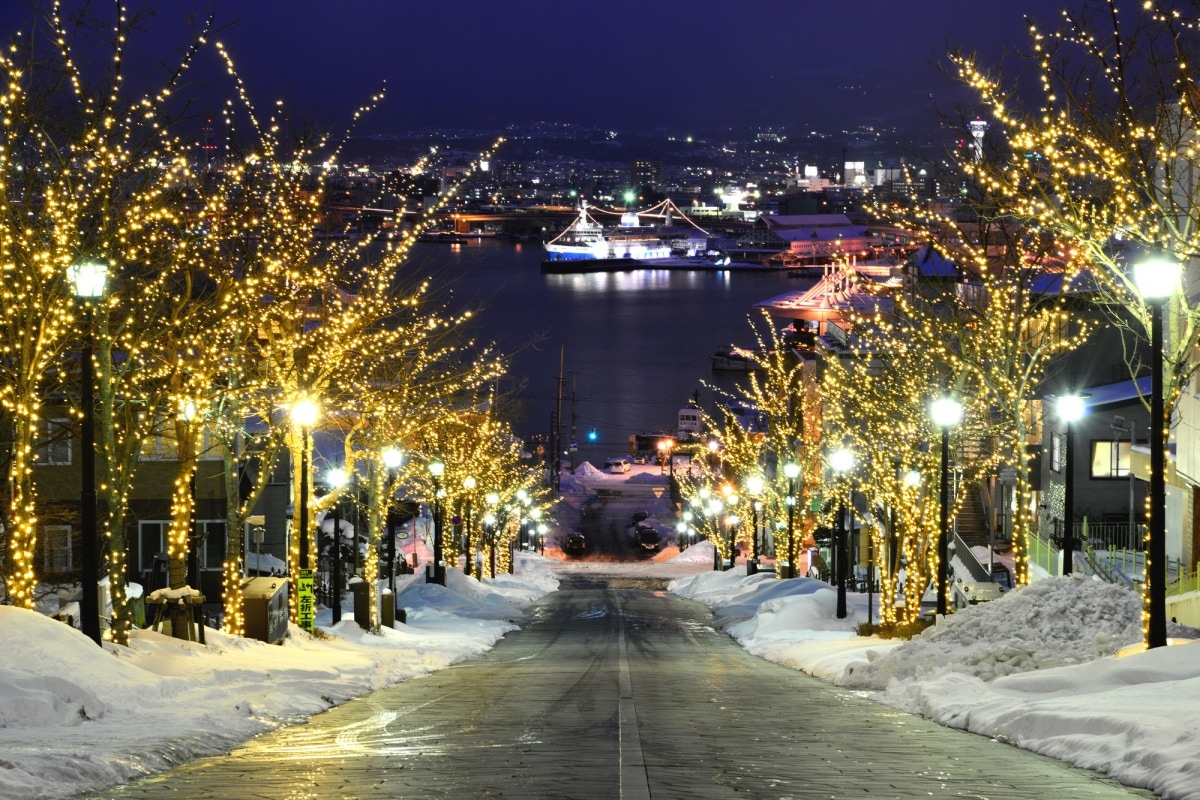
From here, there are two options to get into Hokkaido. One is to pay an additional fee to take the ferry across the water, and the other is to continue to Okutusgaru-Imabetsu on another local train and pay a small fee to use the shinkansen to get across to Hokkaido. I took the latter option and felt glad that finally, I could take something with a bit of speed. On arrival at Kikonai, I took my last train of the day to get me to Hakodate, the entryway into Hokkaido Prefecture, where I could rest for the evening.
6. Sapporo Station (Hokkaido)
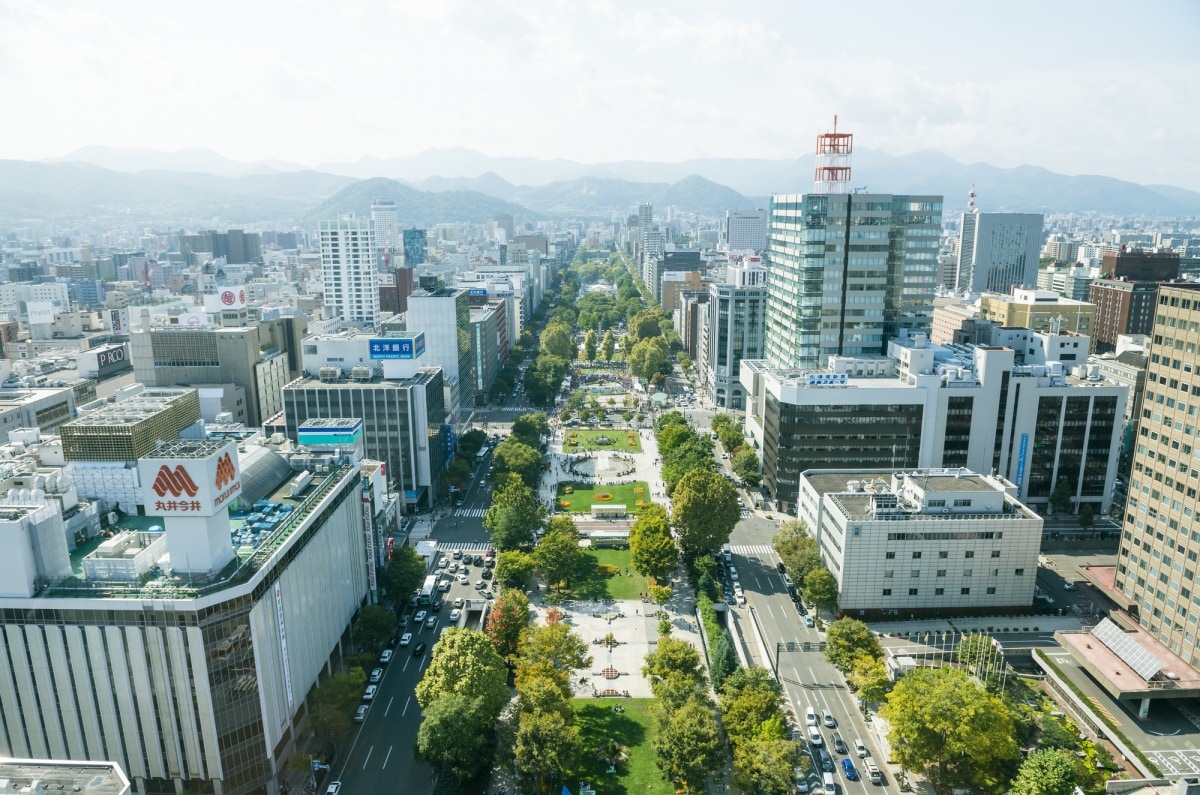
Once again, Day 3 began with an early start taking a train from Hakodate Station. There were quite a lot of long waits between the connections, but thankfully one of them was in Sapporo so that gave me quite a bit of time to sightsee the main spots and grab dinner there.
7. Ashikawa Station (Hokkaido)
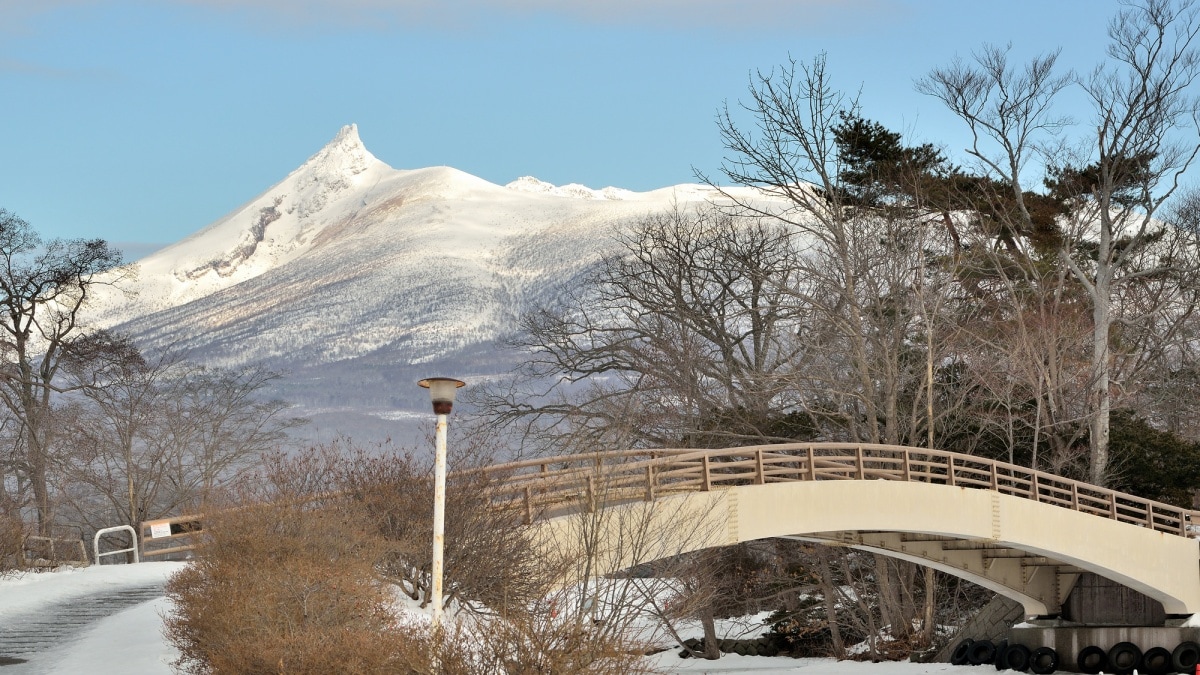
The journey to Asahikawa also provided some stunning views from the train of the countryside in Hokkaido and stunning views of Mount Komagatake. A typhoon had blown some of the trees down and there was still a lot of snow which provided some unique and beautiful views. I kept staring out of the window in awe and could not pull myself away. Day 3 was certainly the least stressful of all the days on the trip.
8. Wakkanai Station (Hokkaido)

http://www.myairportramblings.com
The final day took me on a local train from Asahikawa to the final destination. With few connections to make and heavy snowfall, this was possibly the longest and most tiresome of all the days on the trip. The trains themselves were traveling at very slow speeds through the snow, and yet still managed to make it to each stop on time. The connections between the trains were up to an hour at a time, which gave me ample time to look around the towns, but they were very small and the snowfall was incredibly heavy. At long last, I arrived at JR Wakkanai Station, which is the northernmost JR station in Japan. I was ecstatic that I had finally made it and bought a ticket to take a bus straight to Cape Soya which is the northernmost part of modern Japan.
Using the Seishun 18 Kippu
The Seishun 18 Kippu is available for purchase at any JR station, but are only on sale during seasonal periods throughout the year. The tickets are also valid during certain seasons, mainly spring, summer, and winter. While you're at Wakkanai, why not check out the stunning Rebun Island for amazing hiking trails and gorgeous flowers!
For more information about updates on when the tickets are available to purchase and use, please follow the link below to the JR website. If you're trying to head to Osaka from Tokyo, heading in the opposite direction, we've got you covered!


